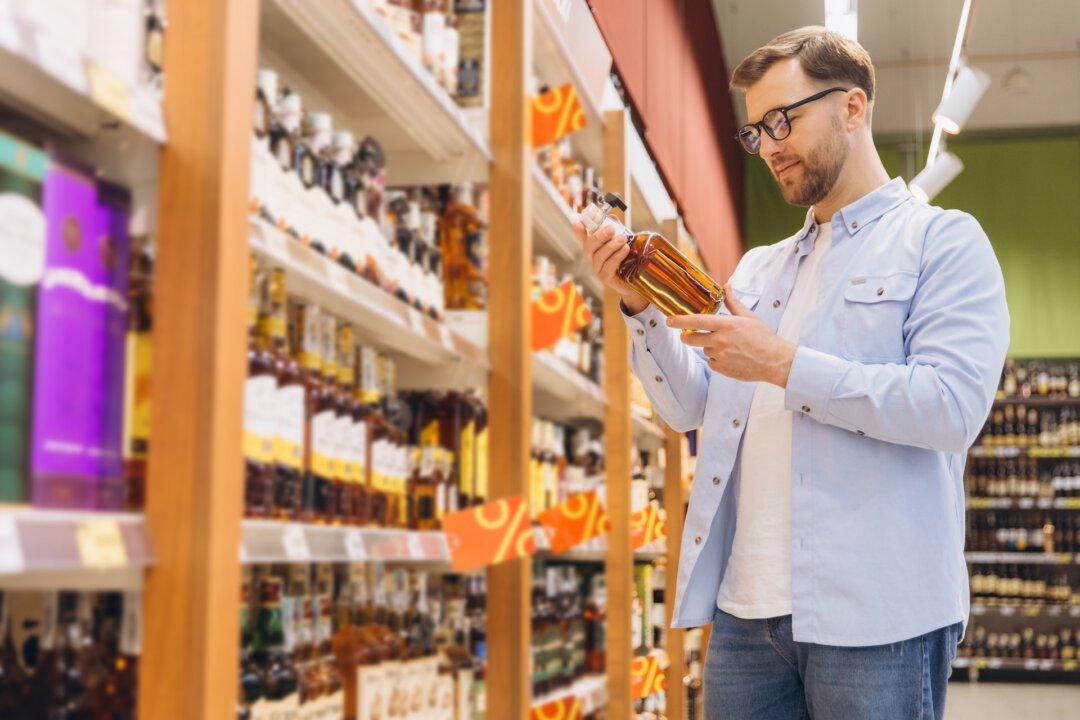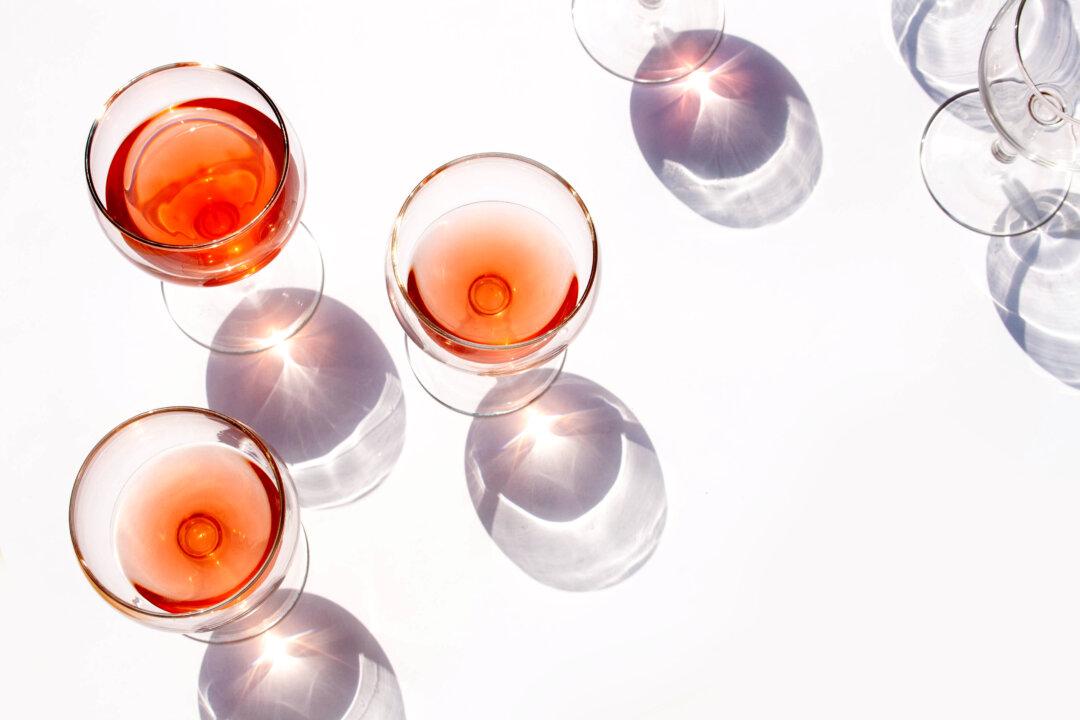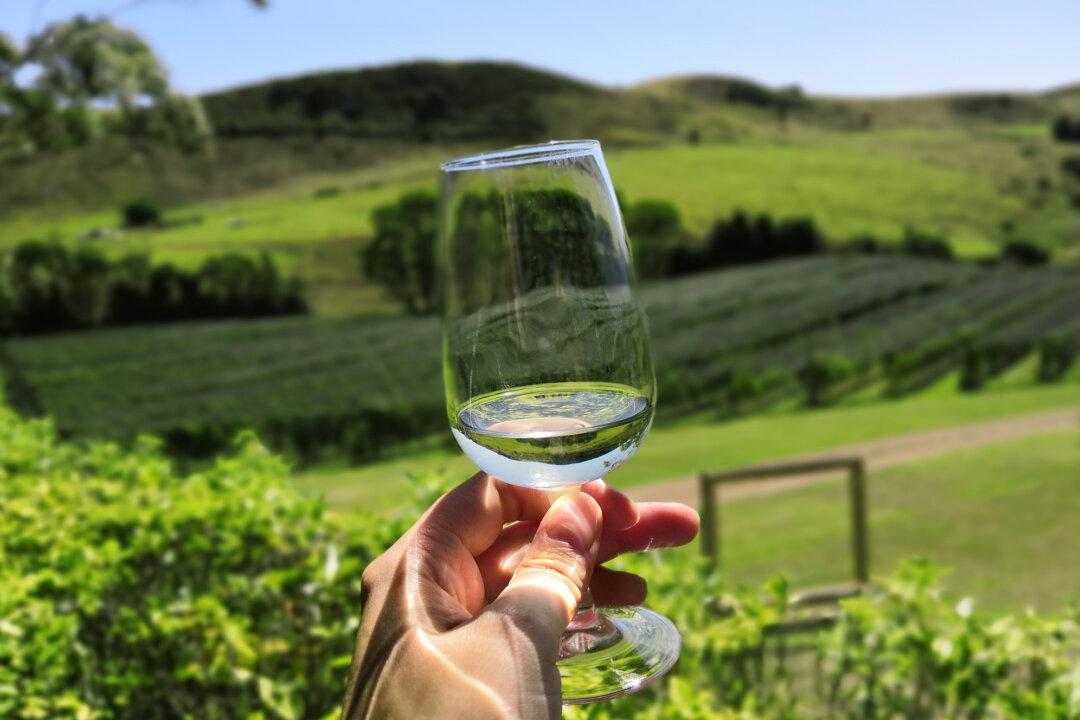I suggested in a column some years ago that, in general, most white wines are best consumed young—after which, a reader chastised me for ignoring what he said was my naivete.
He said great white Burgundies, great German rieslings, and some Australian sémillons were best after a decade or two. “I’m sure you have tasted great old white Burgundies,” he wrote. “How could you ignore these glorious examples of wine at its best?”





